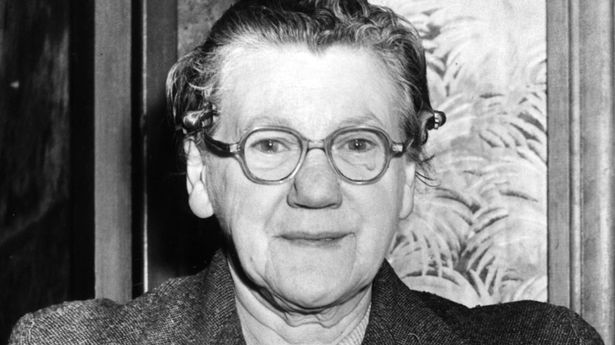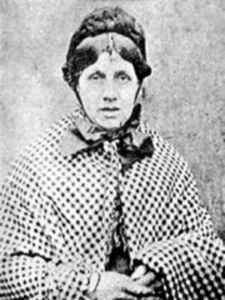The Merry Widow of Windy Nook: The Life and Crimes of Mary Elizabeth Wilson

WARNING: This is a true crime article and may not be suitable for all readers.
Mary Elizabeth Wilson, also known as The Merry Widow of Windy Nook, was a notorious English murderer who was sentenced to death in 1958 for poisoning her husband. Her case garnered national attention, and her eventual sentence of life imprisonment marked the end of an era in British criminal justice.
Early Life and Marriage
Mary Elizabeth Cassidy was born in 1889 in County Durham, England, and grew up in the town of Chester-le-Street. She was the youngest of six children, and her family was poor. Her mother died when she was young, and her father remarried soon after.
In 1912, Mary married a man named William Wilson, who was 23 years her senior. He was a wealthy widower who owned a successful confectionery business in the nearby town of Gateshead. Mary and William moved into a large house in the Windy Nook area of Gateshead, where they lived with William’s two daughters from his previous marriage.
William was a heavy drinker, and their marriage was reportedly unhappy. He suffered from various health problems, including diabetes and angina, and Mary became his primary caregiver.
The Murders
On January 25, 1956, William Wilson died suddenly at the age of 85. His death was attributed to natural causes, and his body was cremated. However, just six months later, Mary’s mother-in-law, Florence Wilson, died under similar circumstances. She was 76 years old.
Both deaths were initially attributed to natural causes, but suspicions were raised when a doctor who had treated both William and Florence reported his concerns to the police. The police opened an investigation, and an autopsy on Florence’s body revealed traces of arsenic.
Further investigation revealed that Mary had purchased large quantities of arsenic from a local chemist, claiming that it was for rat poison. The chemist became suspicious and contacted the police.
Mary was arrested and charged with the murder of her mother-in-law. During her trial, evidence emerged that suggested that she had also poisoned her husband, her first husband, and her lover. The motive for the murders was financial gain, as Mary had been the beneficiary of life insurance policies on all of her victims.
Mary denied all of the charges, but she was found guilty and sentenced to death by hanging. Her case became a national sensation, and many people were shocked that a woman could commit such heinous crimes. However, her sentence was eventually commuted to life imprisonment.
Life in Prison
Mary spent the rest of her life in prison, first at Durham Prison and later at Holloway Prison in London. She never admitted to any of the murders, and she maintained her innocence until her death in 1962 at the age of 73.
During her time in prison, Mary became known for her love of singing and for her pleasant demeanor. She was a model prisoner and was eventually transferred to a less restrictive prison, where she was allowed to work in the library and to assist with the care of other prisoners.
Legacy
Mary Elizabeth Wilson’s case is notable for several reasons. Firstly, it was one of the last cases in which a woman was sentenced to death in Britain. Her sentence was eventually commuted to life imprisonment, which marked a shift in British criminal justice towards more lenient sentencing for women.
Secondly, Mary’s case was one of the first high-profile cases in which forensic science played a significant role in the investigation and conviction of a criminal. The use of forensic evidence, particularly the analysis of arsenic levels in the victims’ bodies, was a major factor in the outcome of the trial and the subsequent commutation of Mary’s death sentence. The Merry Widow of Windy Nook’s story is a fascinating one, not just for its gruesome details but also for its historical significance in the field of forensic science.


